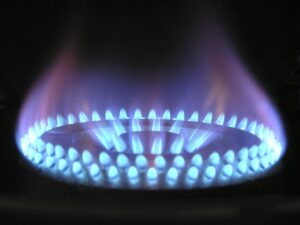Engineers propose to ‘tap heat’ from HS2 tunnels and power 500 homes
Engineers working on the HS2 super-hub at Old Oak Common in north-west London are proposing to ‘tap heat’ from the brakes and engines of high-speed trains to heat up to 500 new homes.
The innovative scheme would see five air source heat pumps draw warm air from the railway’s tunnels, where the waste heat from trains is usually extracted through vents and seeps into the ground surrounding the tunnels.
HS2 claims that the investment in waste heat recycling system would pay for itself after just 4 years and compared to gas boilers being used in the homes, recycling heat could reduce the carbon footprint of 500 houses by more than a fifth (22%).
HS2 innovation manager, Pablo García, said: ‘By taking a long term view of how the benefits of investing in the new high-speed railway can be shared, we’re investigating how to provide sustainable, low-carbon heating and hot water to up to 500 new homes.’
‘Near Old Oak Common we’re building a crossover box. This is an underground hall that houses a points junction to enable trains to arrive and depart from any of the station’s platforms.
‘Our plans would see warm air pushed into the crossover box by trains, in effect acting like pistons. It then rises to be harnessed by air source heat pumps, converted into hot water and transported to homes by insulated pipes.’
García added that Old Oak Common is the only place on HS2’s first section between London and the West Midlands capable of supporting waste heat recovery technology, but there may be further opportunities on the high speed network’s Leeds and Manchester routes.
Phase 1 of HS2, which will be from London to Birmingham, is set to open in 2026, with Phase 2, which will connect Birmingham to Manchester and Leeds, set to begin construction later that year.















